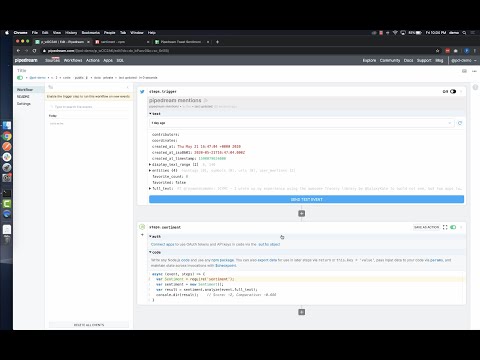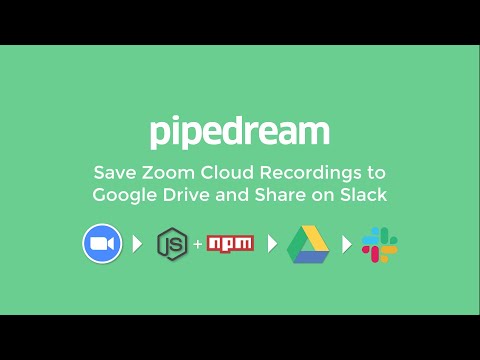What do you want to automate
with Postmark and Google Sheets?
Prompt, edit and deploy AI agents that connect to Postmark, Google Sheets and 3,000+ other apps in seconds.
Trusted by 1,000,000+ developers from startups to Fortune 500 companies
Popular Ways to Connect Postmark with Google Sheets#
Popular Postmark and Google Sheets Triggers#
Emit new event when an email is opened by a recipient (See docs here)
Emit new event when an email is received by the Postmark server. This source updates the server's inbound URL. You cannot create multiple inbound sources for the same server. See the documentation
Popular Postmark and Google Sheets Actions#
Add a single row of data to Google Sheets. See the documentation
Add multiple rows of data to a Google Sheet. See the documentation
Overview of Postmark#
The Postmark API enables developers to easily integrate programmatic emailing into their applications. With the API, developers can create, send, and track transactional emails that are designed to enhance user experience and user engagement. The API also provides developers with access to powerful analytics and insights, such as open/click rates, spam complaints, bounces, and unsubscribes.
Connect Postmark#
import { axios } from "@pipedream/platform"
export default defineComponent({
props: {
postmark: {
type: "app",
app: "postmark",
}
},
async run({steps, $}) {
return await axios($, {
url: `https://api.postmarkapp.com/server`,
headers: {
"X-Postmark-Server-Token": `${this.postmark.$auth.server_api_token}`,
"Accept": `application/json`,
},
})
},
})
Overview of Google Sheets#
The Google Sheets API allows for the creation, reading, updating, and deletion of data within Google Sheets, enabling a robust platform for spreadsheet management and data manipulation. Through Pipedream, you can craft serverless workflows that respond to various triggers, such as webhook events, emails, or scheduled times, to interact with Google Sheets. This synergy can automate reporting, synchronize data across applications, manage inventory, track leads in a CRM, or even conduct survey analysis by updating and retrieving sheet data on the fly.
Connect Google Sheets#
import { axios } from "@pipedream/platform"
export default defineComponent({
props: {
google_sheets: {
type: "app",
app: "google_sheets",
}
},
async run({steps, $}) {
return await axios($, {
url: `https://www.googleapis.com/oauth2/v1/userinfo`,
headers: {
Authorization: `Bearer ${this.google_sheets.$auth.oauth_access_token}`,
},
})
},
})
Related Videos#



Community Posts#


